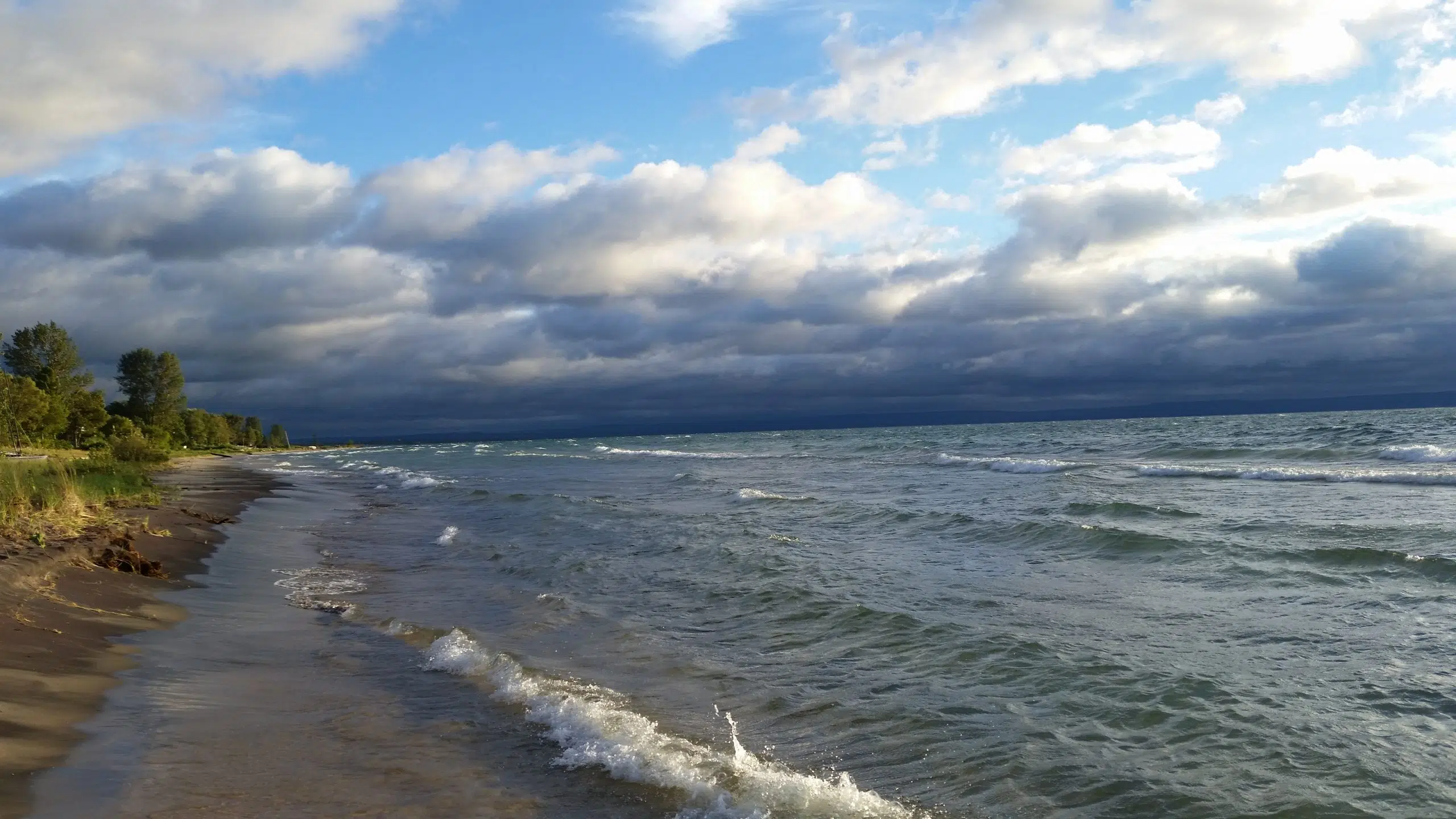Bruce Power says dead birds recently found on the shoreline in the area likely had bird flu.
In an post on the company’s website, they say, “After observing a number of deceased birds along the shoreline of Lake Huron over the past several days, Bruce Power has been working with wildlife authorities and University of Guelph and proactively collected samples to be sent to Canadian Wildlife Health Cooperative.”
The nuclear operator says, “The agency and labs confirmed the bird tested positive for the H5 avian influenza virus. Based on this result, it is highly likely that the bird mortality event is related to an outbreak of the H5N1 avian influenza.”
Bruce Power says it has “notified the appropriate government agencies including Grey-Bruce Public Health.”
They add, “If you observe sick or dead wild birds or other wildlife and suspect that avian influenza may be involved, contact your regional avian influenza hotline or the Canadian Wildlife Health Cooperative.”
Grey Bruce Public Health notes in a release from April 1st that Bruce Power proactively collected samples for testing by the Canadian Wildlife Health Co-operative (CWHC).
The health unit notes, the risk of bird flu, passing from infected wild birds to people remains very low. They say when human infections have occurred, it’s almost always following sustained close contact with infected live or dead poultry or contaminated facilities. They add, there has been no evidence of sustained person-to-person spread of avian influenza.
Senior Public Health Manager Andrew Barton says in a statement, “Even though human infections with avian influenza are very rare, it’s always advantageous to remind people to take steps to minimize the risk of potential exposure to this virus, such as by avoiding contact with dead or sick wild birds or animals.”
They add, from January 1st to March 11th, 2025, the CWHC dead bird survey identified 145 birds positive for avian influenza in Ontario.
Meanwhile, Bruce Power addressed for a second time, deceased Gizzard Shad, a fish species that was found dead in very large numbers, noting, “Gizzard Shad are attracted to the warm water refuge provided by Bruce Power’s thermal discharge and as previously communicated Bruce Power proactively removed Unit 2 from service in February due to a high volume of Gizzard Shad in the Bruce A intake channel. A large number were entrapped and died as a result and have been removed from the intake channel. Bruce Power continues to investigate possible factors that could have contributed to this event, including Gizzard Shad sensitivities to cold lake temperatures.”
They say Gizzard Shad are documented to be sensitive to prolonged cold in the natural lake environment and to changes in water temperature, which can result in a physiological cold shock response that has led to large population level die-offs in cold winters. They also note Gizzard Shad have been reported along the shoreline as far north as the Sauble River and as far south as Goderich, which Bruce Power says, could indicate this could be a population level event.
They suggest there could have been a high rate of reproduction and warmer lake water temperatures in the last couple of years.
Meanwhile, Bruce Power says the Ontario Ministry of the Environment, Conservation and Parks (MECP) and the Ontario Ministry of Natural Resources and Forestry (MNRF) are aware of this die-off. The note Bruce Power continues to engage with Indigenous Nations and local municipalities as well as regulators which include Fisheries and Oceans Canada and the Canadian Nuclear Safety Commission (CNSC).














